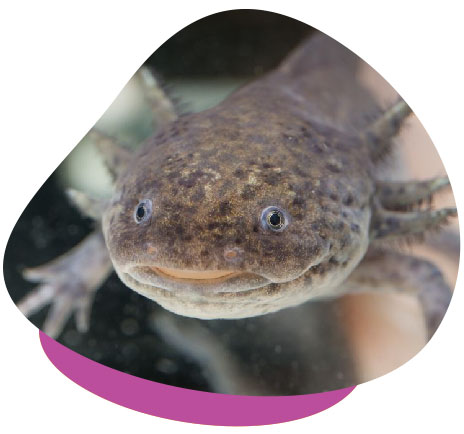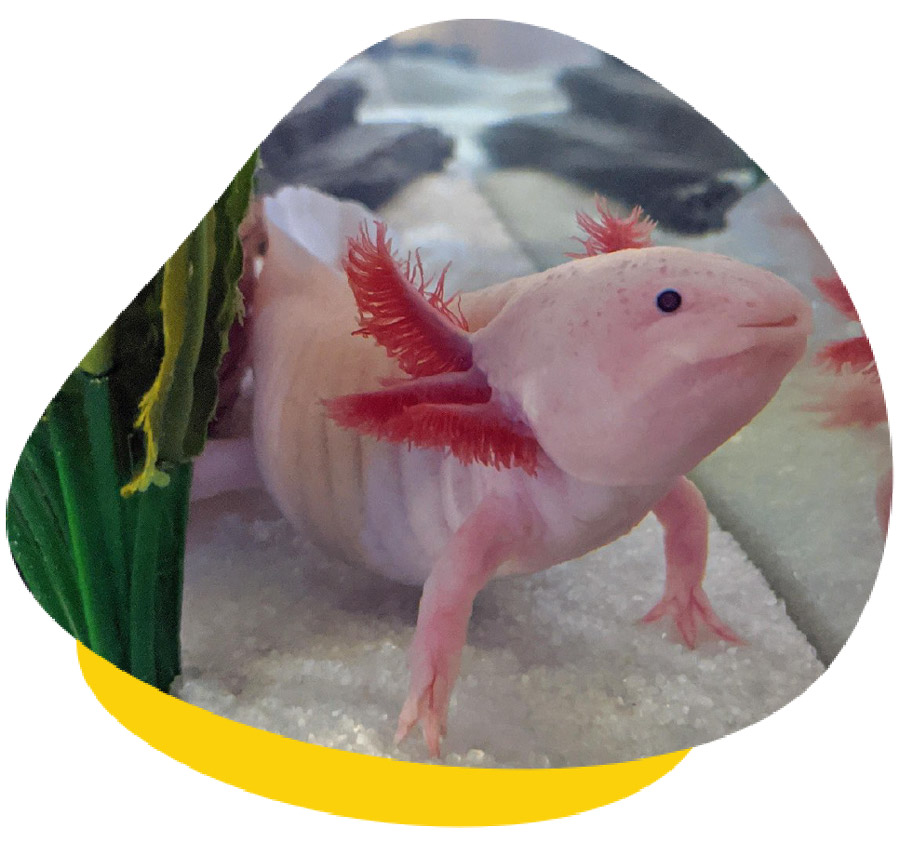Bloat is a common issue seen in axolotls. There are a number of causes including infection (such as bacteria or mycobacteria), foreign body ingestion, intestinal parasitism, inappropriate temperature, gas entrapment, and cancer.
If you have noticed your axolotl bloating, there are a few things that you should do immediately.

1. Check the Water Temperature
Ensure your aquarium’s water temperature is 16-18°C, and definitely not higher than 20°C. Axolotls are not suited to warm water and prolonged exposure will lead to inappetence, bloat, uncontrollable floating, and death.
If the temperature is too high adding cooled water from the fridge or freezer or placing a frozen bottle of water in the tank can be a short-term fix. An aquarium chiller is recommended as a long-term solution especially with Australian’s summer.
2: Test the Water Quality
Test the water quality in the tank as husbandry issues such as poor water frequently lead to disease in axolotls. The ideal range should be a pH of 7.4-7.6; 0 ppm for ammonia and nitrate. Change the water as needed if these parameters are elevated. A 25% daily change with water conditioner until the level return to a safe range is recommended.
A consultation with one of our amphibian veterinarians is recommended if the above has been addressed and there is no improvement, or if your bloated axolotl appears to be unwell, not eating, or looks thin. A physical exam and a few tests can be done to rule out other causes.
To make to most out of your consult, please bring in a faecal sample for testing and fill in the husbandry questionnaire.


